In a spectacular reminder of nature’s power, a massive volcanic eruption lit up the dark winter sky above southwest Iceland on Tuesday.
The eruption that shot geysers of molten lava comes after weeks of intense seismic activity southwest of the capital Reykjavik.
The eruption only 3 kilometers (1.8 miles) from the evacuated fishing port of Grindavik on the Reykjanes peninsula began Monday at around 10:17 p.m. (10:17 p.m. GMT) after an earthquake “swarm” of small tremors, the Icelandic Meteorological Office said.
After weeks of warnings from scientists, the authorities built reinforcements around the Svartsengi geothermal plant, which is just 2 kilometers from the eruption.
It supplies electricity and water to 30,000 people on the peninsula.
Live-streamed footage of the eruption showed glowing orange jets of lava spewing from a gash in the ground, surrounded by billowing clouds of red smoke against the dark morning sky. The December sun only rises at around 11:00 a.m. in the area just south of the Arctic Circle.
“We hope for the best but it is clear this is a considerable eruption,” Prime Minister Katrin Jakobsdottir wrote on Facebook.
For weeks, the Nordic country had been anticipating an eruption in the area some 40 kilometers from the capital, prompting the authorities to evacuate thousands of people and close the Blue Lagoon geothermal spa famed for its turquoise waters.
The meteorological office estimated that the volcano had opened a fissure about 4 kilometers long, with the southern end just three kilometers away from the fishing port of Grindavik.
By 3 a.m., the meteorological office said the eruption’s intensity had stabilized and “the activity is decreasing,” although it was unable to estimate how long it would last.
“We now wait to see what the forces of nature have in store,” Iceland President Gudni Johannesson wrote on X, formerly Twitter. He added that protecting lives and infrastructure was the priority.
Vidir Reynisson, head of the Department of Civil Protection, urged people to stay away from the area, telling a local television station: “This is no tourist eruption.”
The volcano, which has yet to be given a name, was located near the Sundhnukagigar crater row.
Unlike another major Icelandic eruption in 2010 that grounded thousands of flights across Europe and North America, this one did not create an ash plume. Reykjavik’s international airport remained open Tuesday.
New era
Since October, thousands of earthquakes had been detected on the Reykjanes peninsula, a possible precursor to an impending volcanic eruption.
“Right now there is no immediate risk of infrastructure being threatened,” Grindavik mayor Fannar Jonasson told the daily Morgunbladid, amid reports Tuesday morning that the southern end of the lava flow was petering out.
Roughly 4,000 people were evacuated from Grindavik on Nov. 11 after scientists said a tunnel of magma was shifting beneath them.
The series of small earthquakes – sometimes hundreds per day – had damaged roads and buildings, an AFP reporter in Grindavik said.
Authorities have organized occasional trips into the village since, escorting those with homes in the most perilous parts as they rescued everything from cherished pets to photo albums, furniture and clothing.
Volcanic eruptions are not uncommon in Iceland, which is home to 33 active volcano systems, the highest number in Europe. But, the Reykjanes peninsula had not experienced an eruption for eight centuries until 2021.
Since then, eruptions have struck in 2021, 2022 and earlier this year – all in remote, uninhabited areas.
With no danger to infrastructure or lives, they drew large crowds of visitors.
Volcanologists say this could be the start of a new era of activity in the region.
In 2010, the eruption of Iceland’s long-dormant Eyjafjallajokull volcano – an ice-capped volcano more than 1,660 meters tall – shot huge amounts of ash into the atmosphere. Although no one died, it forced the cancellation of around 100,000 flights and left more than 10 million travelers stranded.
Situated in the North Atlantic, Iceland straddles the Mid-Atlantic Ridge, a crack in the ocean floor separating the Eurasian and North American tectonic plates.
















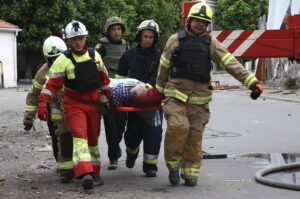










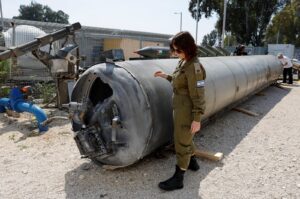
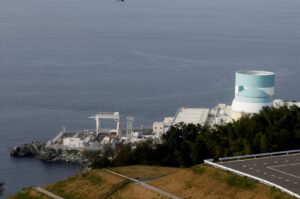



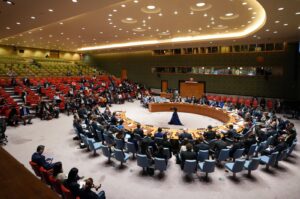
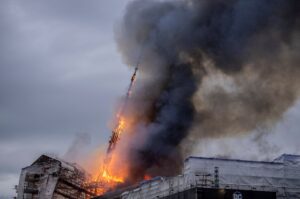



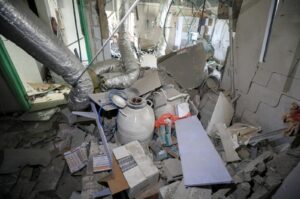

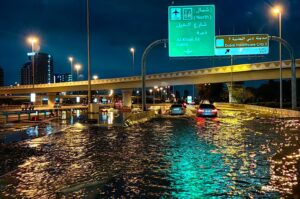
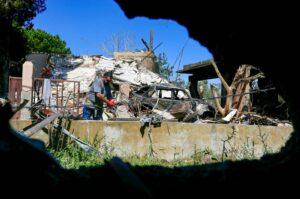




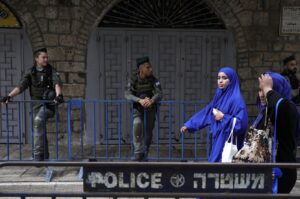

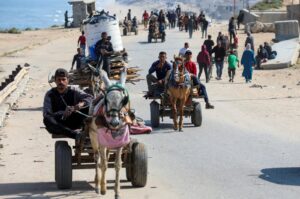


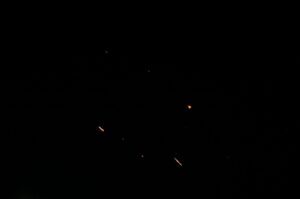

Be First to Comment